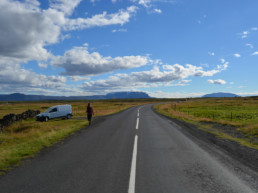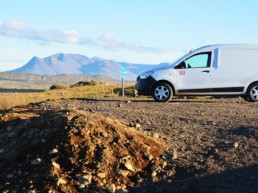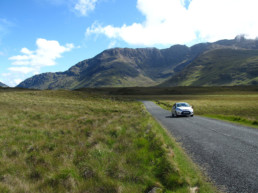One of our favourite areas on our recent Iceland road trip in our Go Campers van was East Iceland, and particularly the East Fjords. Jagged peninsulas stretch out from the coast, winding roads traverse the dramatic and rugged landscape of the East Fjords, while quaint coastal towns pop up every so often, but if you blink you’ll miss ’em. Wild reindeer on the side of the road or the arctic fox are an occasional sighting.
The area of East Iceland is less inhabited, and less touristed, than other regions with only 3% of the total population residing here. While it may not appear to have the same draw as the south coast or west fjords, the east fjords region offers stunning scenery, less hustle, and a glimpse into daily life of rural Icelanders. Head off the 1 and onto regional roads, which are still accessible without a 4×4 and get ready to take it all in.
A note: This East Iceland itinerary moves north to south, starting on the Borgarfjörður Eystri and finishing on Berufjörður in the town of Djúpivogur, but could easily be done in reverse. Also, the photos don’t align perfectly with the text. Sorry.
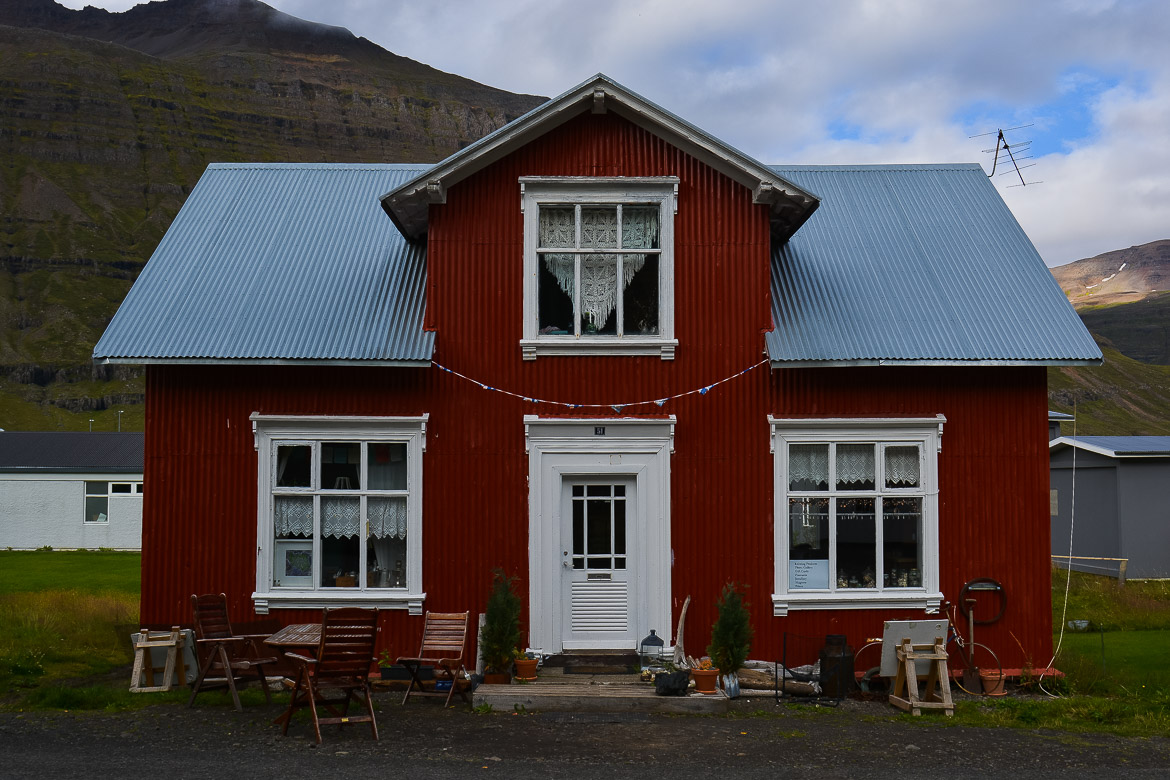
East Iceland Route:
Bakkagerði – This quaint hamlet on the Borgarfjörður Eystri is apparently known for both elves and puffins, as well as a starting point for some good hikes in the region.
Fardagafoss – Don’t miss this waterfall as you drive along the 93 towards Egilsstaðir. It’s a short (uphill) walk but you will be rewarded with another waterfall en route.
Egilsstaðir – The largest town you’ll come across while exploring East Iceland is Egilsstaðir, a good stop for a gas, washroom, or food break.
Hallormsstaðaskógur – One of the largest forests in Iceland and is a popular holiday destination for locals.
Lagarfljót – The lake amidst the forest is apparently home to a Loch Ness type creature according to local folklore. You can rent boats in the summer and see for yourself.
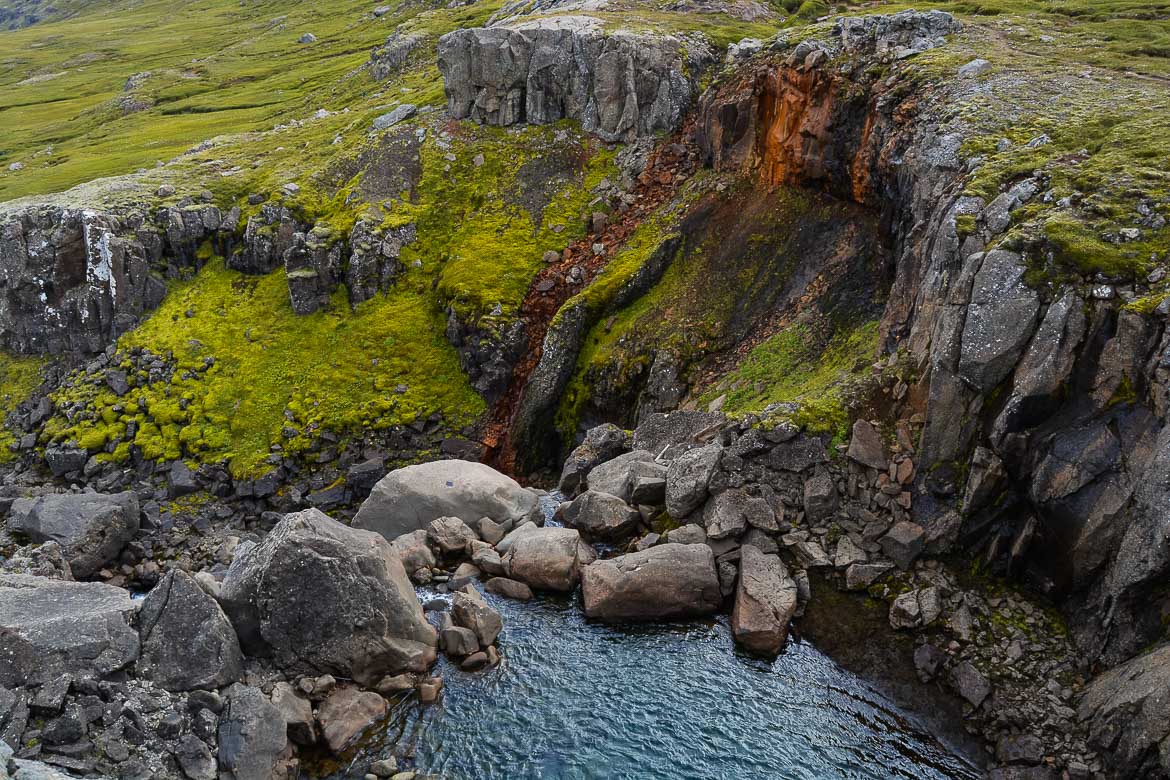
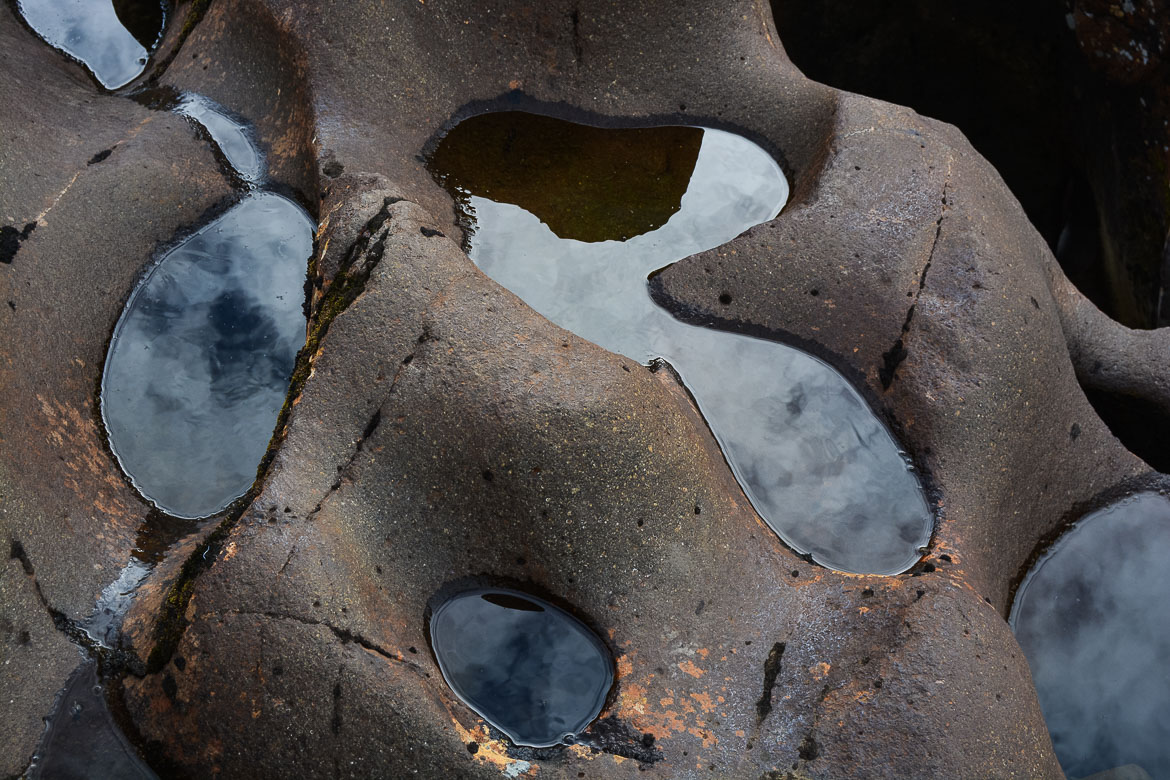
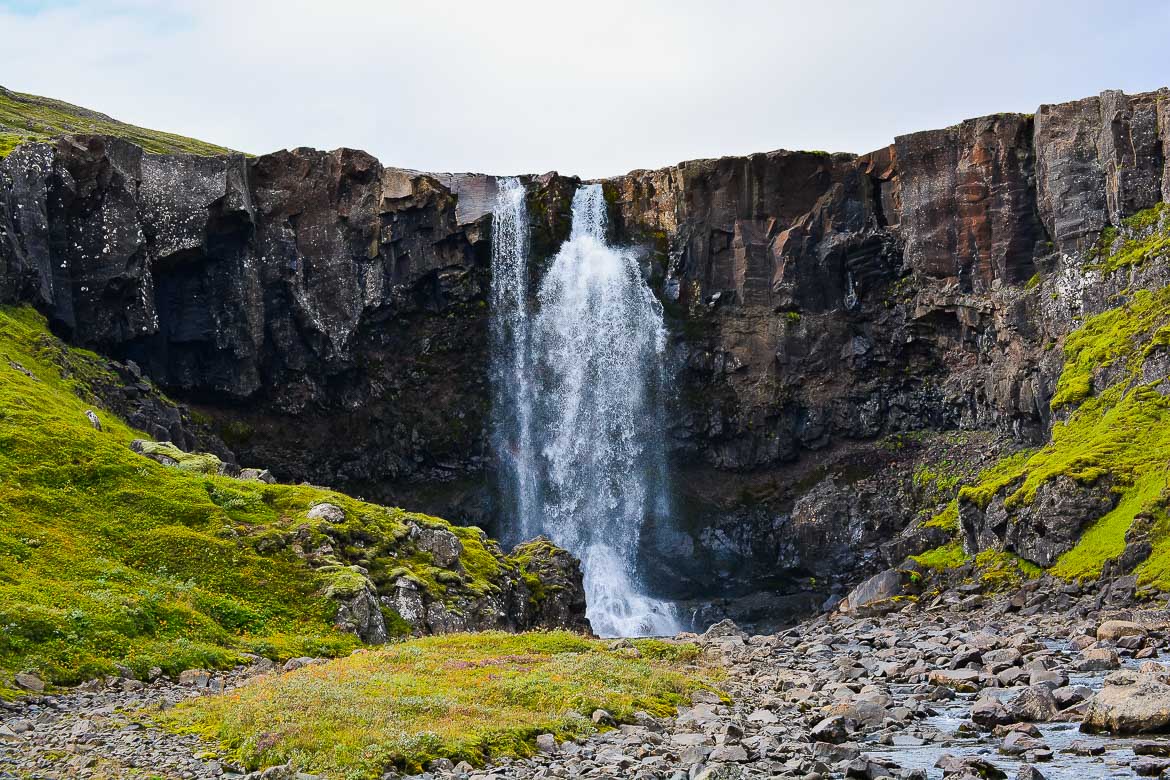
Gufufoss – This picturesque waterfall can be seen from the road as you travel along the 93 to Seyðisfjörður from below. You can walk along the rocks at the side, carefully as they can be slippery, to get a good up close view of the water crashing down.
Seyðisfjörður – This artsy and creatively inclined enclave is a must stop while exploring East Iceland. A pillar of the community is Skatfell – a visual arts centre featuring rotating exhibits, an artist residency program, art posters for sale, and a bistro on the main level. The quaint town is visually appealing and has a few shops including a local crafts market, which sells handmade wool sweaters.
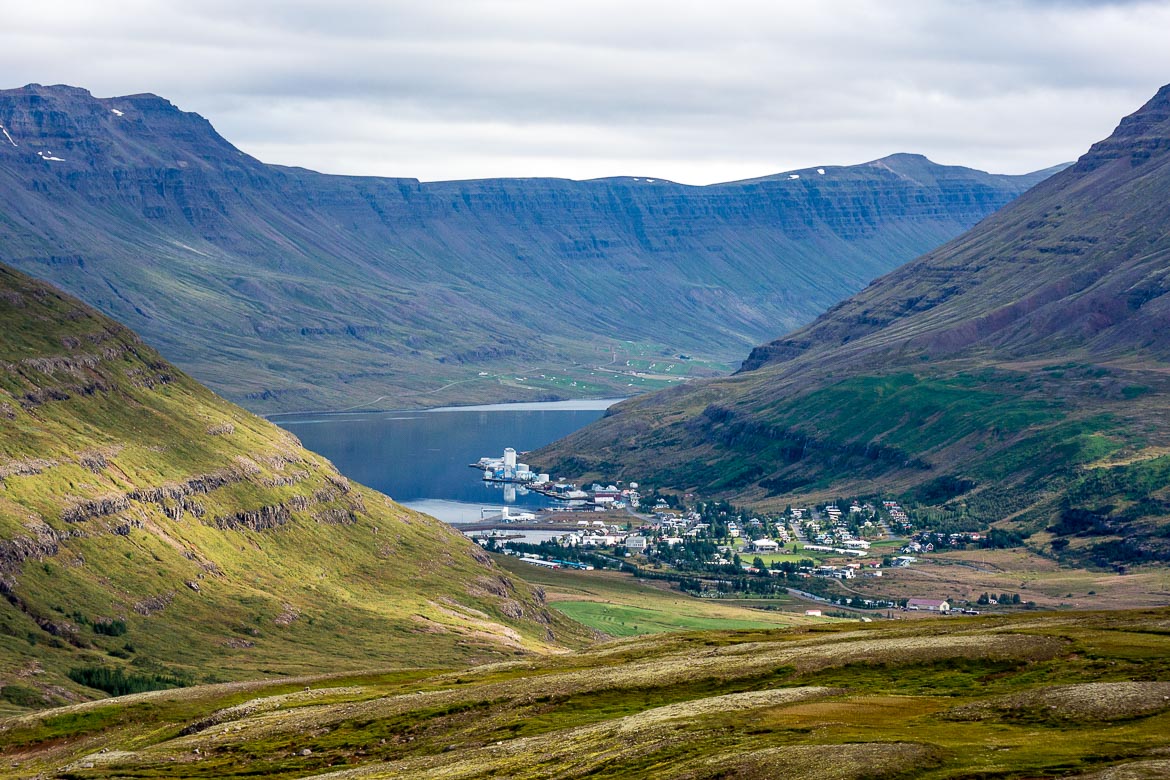
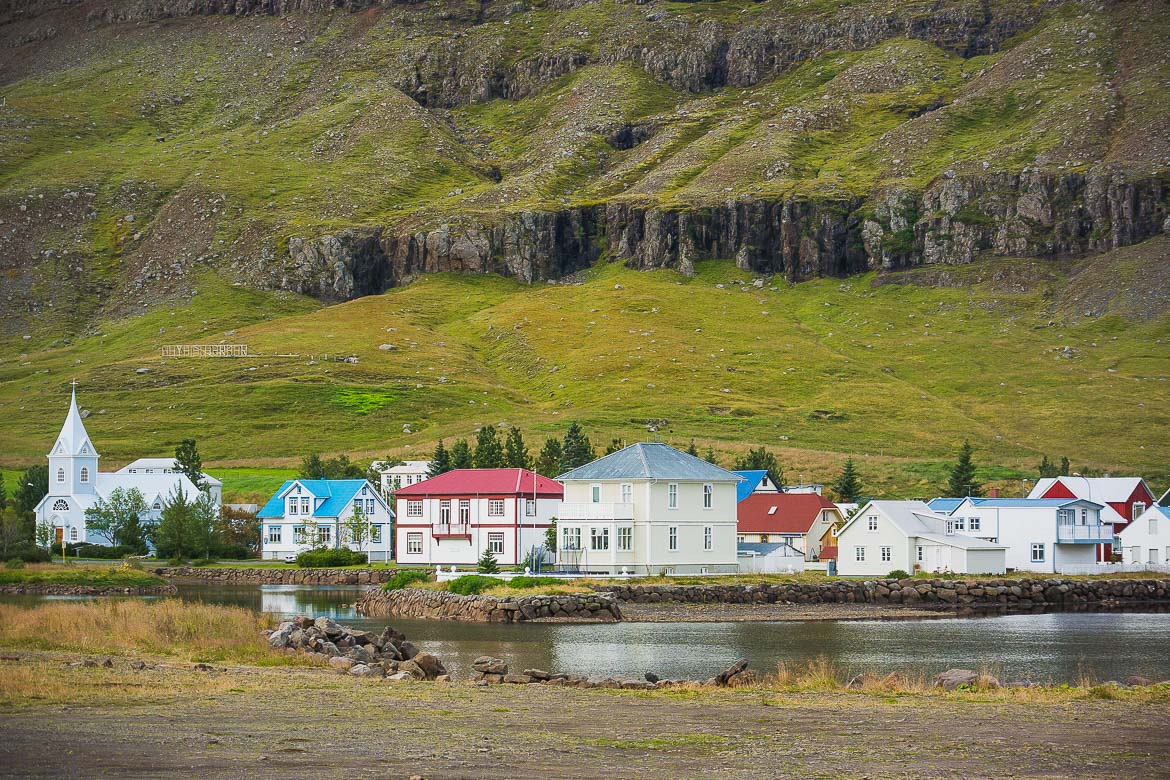
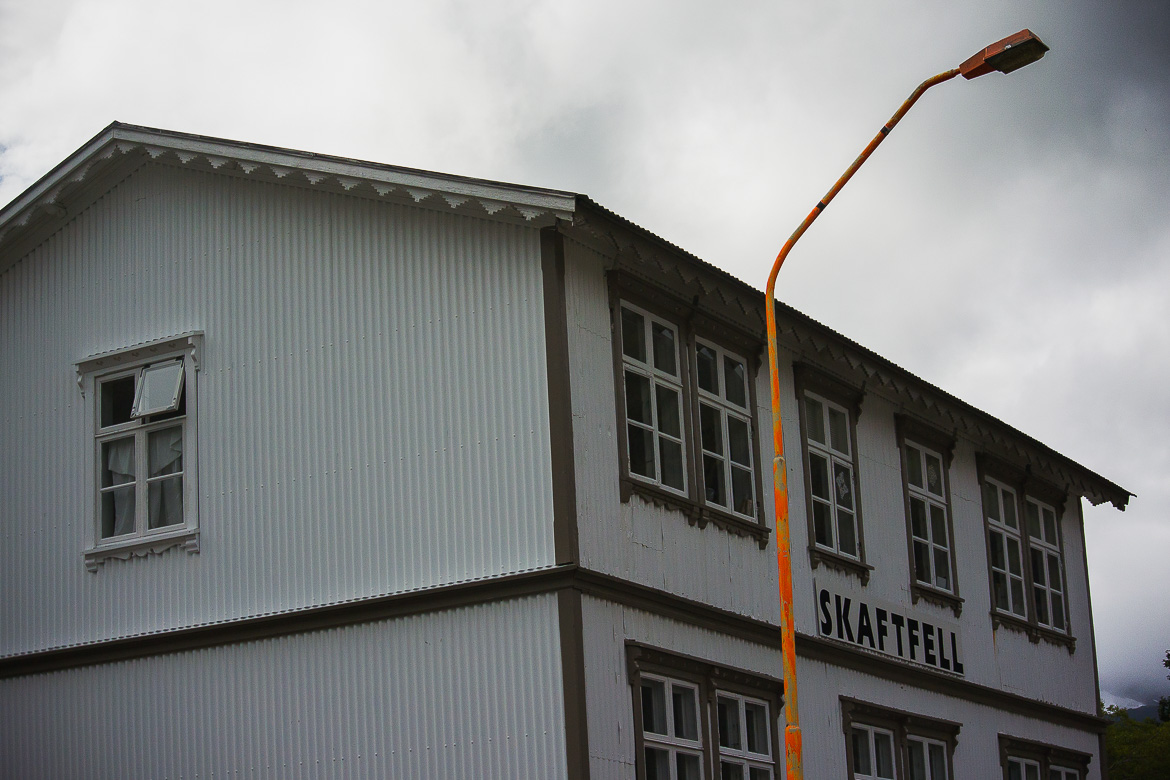
Tvisongur Sound Sculpture – A twenty minute walk from Seyðisfjörður is German artist Lukas Kühne’s concrete sculpture, which consists of five connected domes, each of which has it’s own unique tone set in a natural amplifier.
Eskifjörður – A former trading post and once the largest fishery in Iceland, this town is a good spot for a walk and a bite.
Helgustaðanáma – This former spar mine near Eskifjördur is located off of the 92. Spar is a crystalline substance and was a popular commodity back in the day.
Reyðarfjörður – A prominent fishing village in years past, Reyðarfjörður is a relatively sizeable town in the East Iceland region. It’s the home of the Iceland Wartime Museum, which is worthy of a perusal, particularly if you’ve hit a patch of bad weather. This museum set on a former military base highlights Iceland’s involvement in WWII and the country’s subsequent occupations.
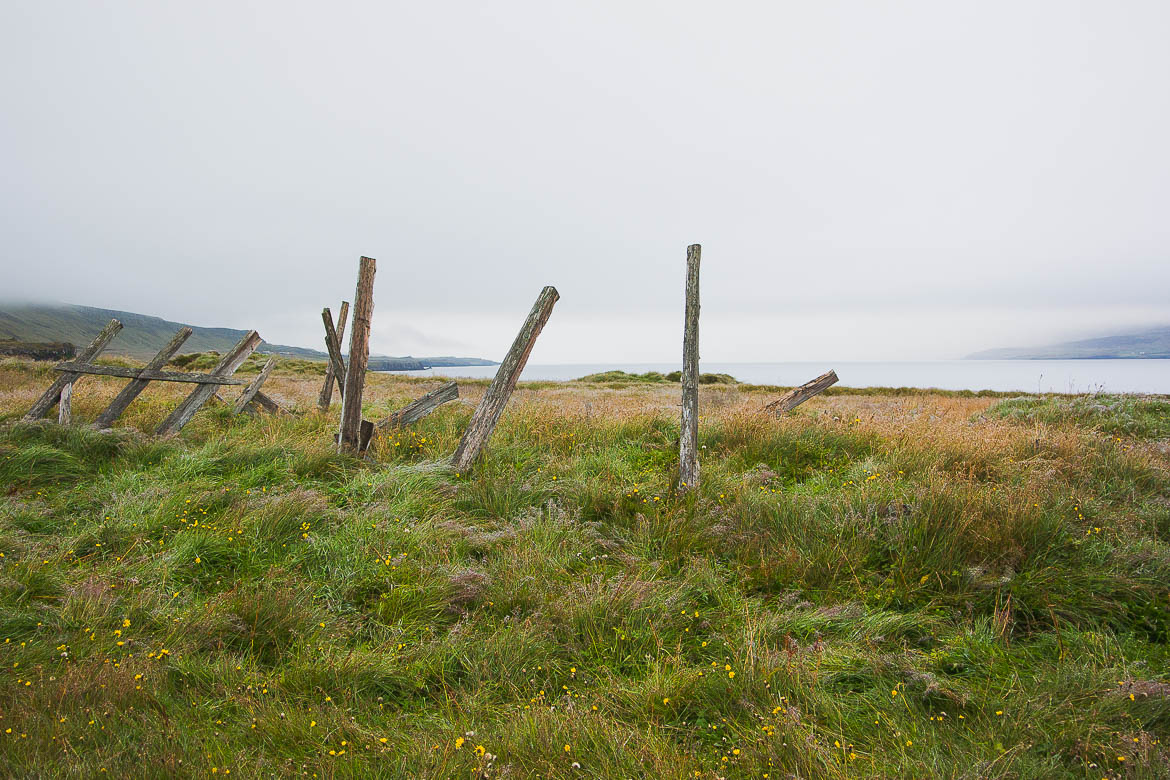
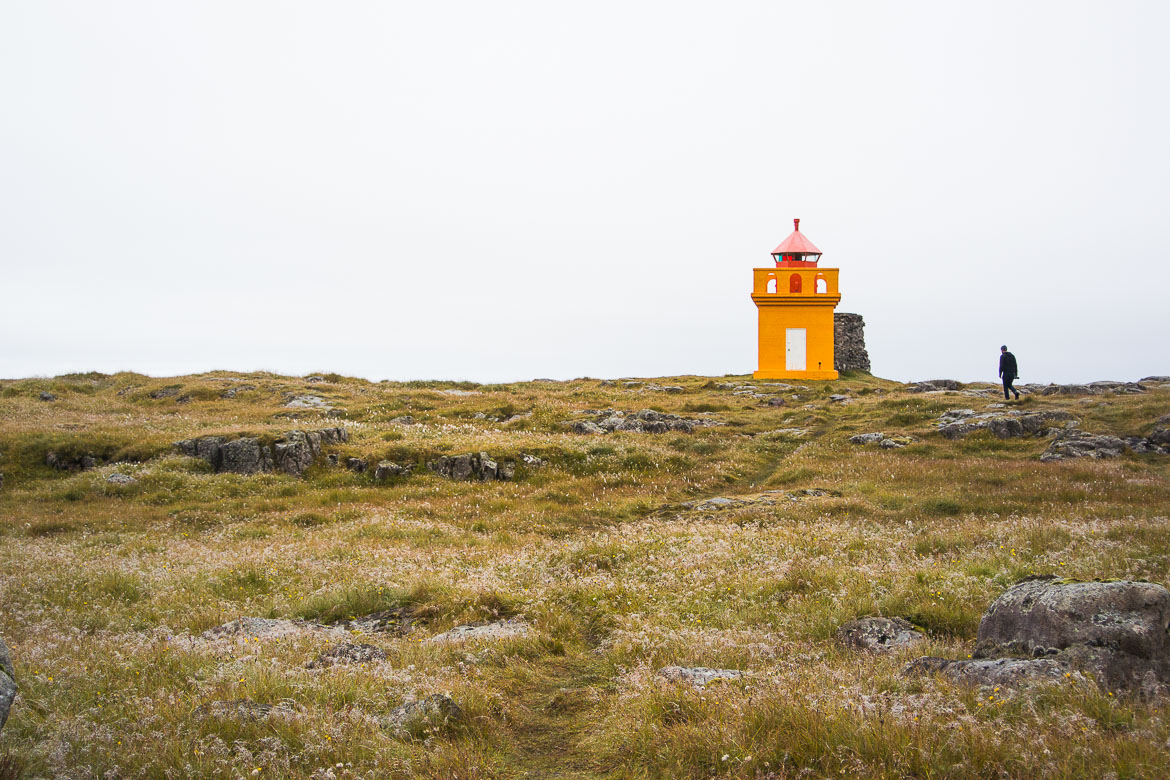
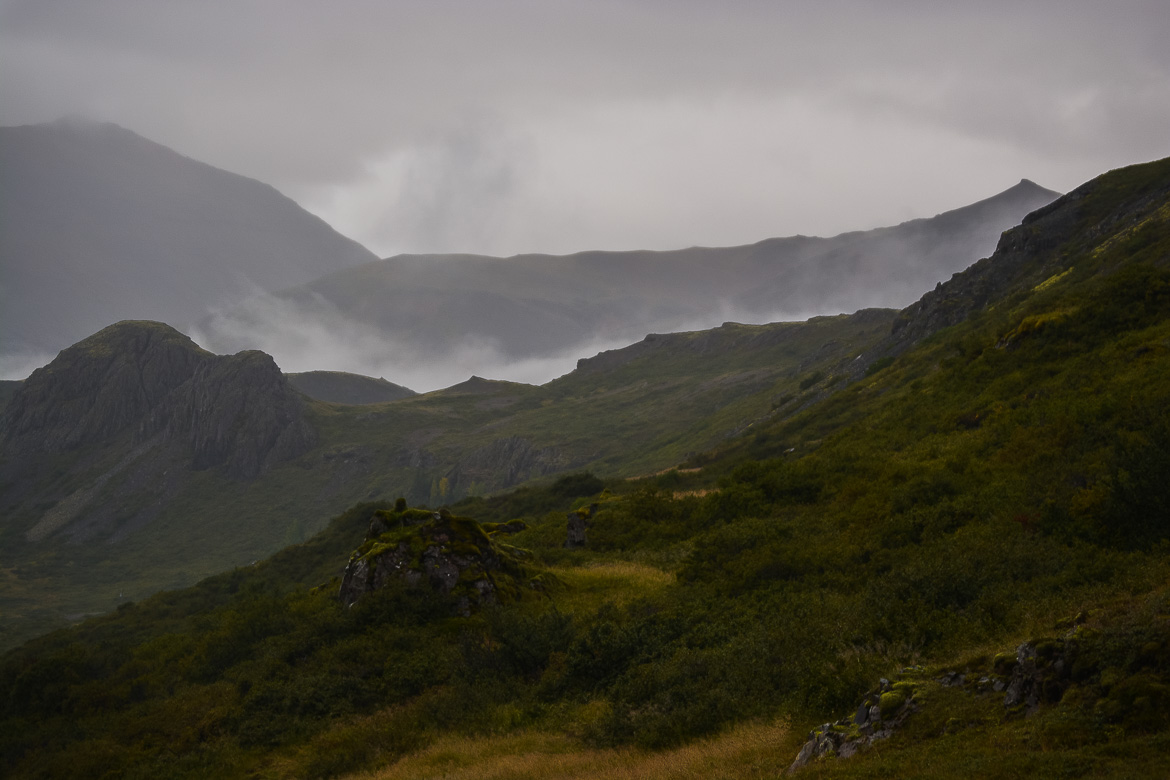
Búðarárfoss – A lovely waterfall that empties into the Budar River, Búðarárfoss is not easy to find. Head along the river from the Iceland Wartime Museum or better yet, ask a local.
Fáskrúðsfjörður – This impossible to pronounce town has an interesting history as it was a trading post and main hub for French fisherman. During its French heyday, there was a French consulate, French hospital, and French church. Even to today, the street names are still in French.
Skrúður Island – Just off the coast of Vattarnes, this picturesque island is a puffin’s paradise. As you drive along Vattarnes Peninsula, you can see Skrúður in all of its glory.
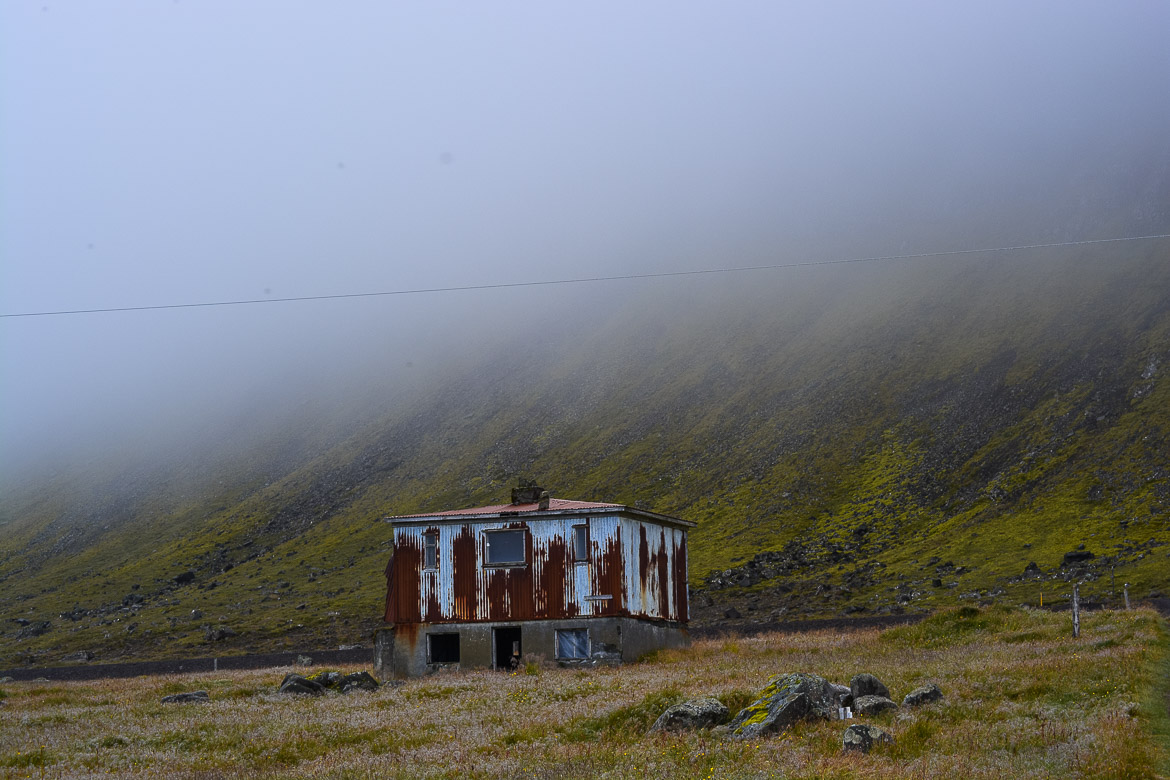
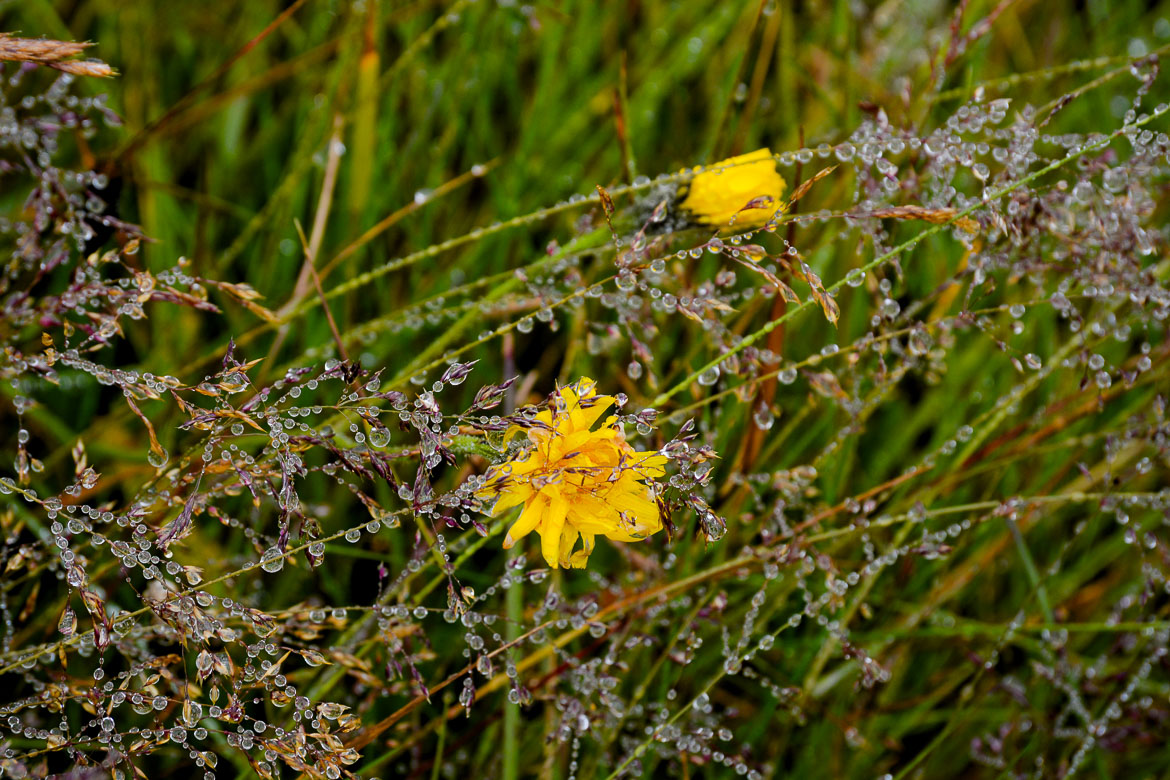
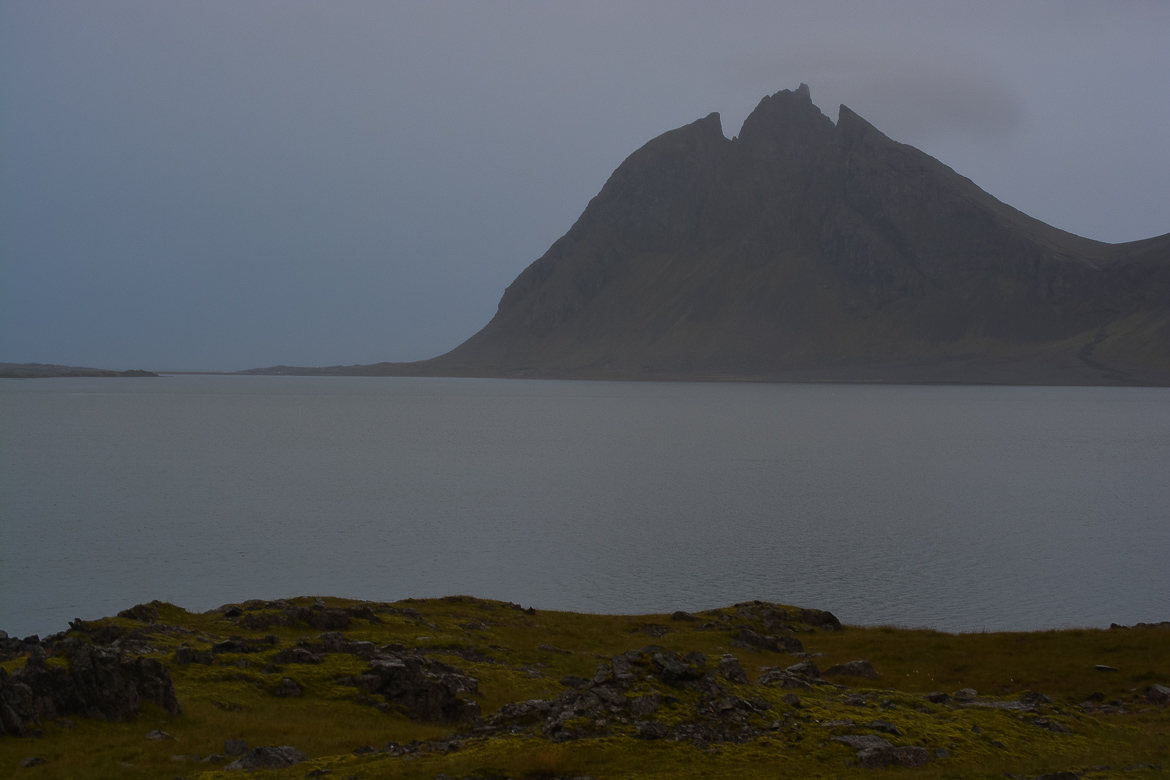
Hafnarnes Lighthouse – just past Fáskrúðsfjörður on the way to Djúpivogur, you’ll come across this very unmissable lighthouse. It is bright orange and shaped a bit like a kid’s play castle. The terrain surrounding the lighthouse is quite rugged and the views from the rocks where the lighthouse is perched over the ocean are great.
Steinasafn Petru – Translated into ‘Petra’s Stone Collection’, this is exactly what it sounds like. Stöðvarfjörður resident Petra Sveinsdóttir has gathered one of the most impressive stone and mineral collections in the world.
Djúpivogur – As part of the international slow movement, Djúpivogur embraces everything local from the products sold in shops to the food served in restaurants. The city’s former fish factory has been converted into a modern arts exhibition space.
Papey Island – If you want to see this island known for its puffin population, take the 40 minute ferry from Djúpivogur.

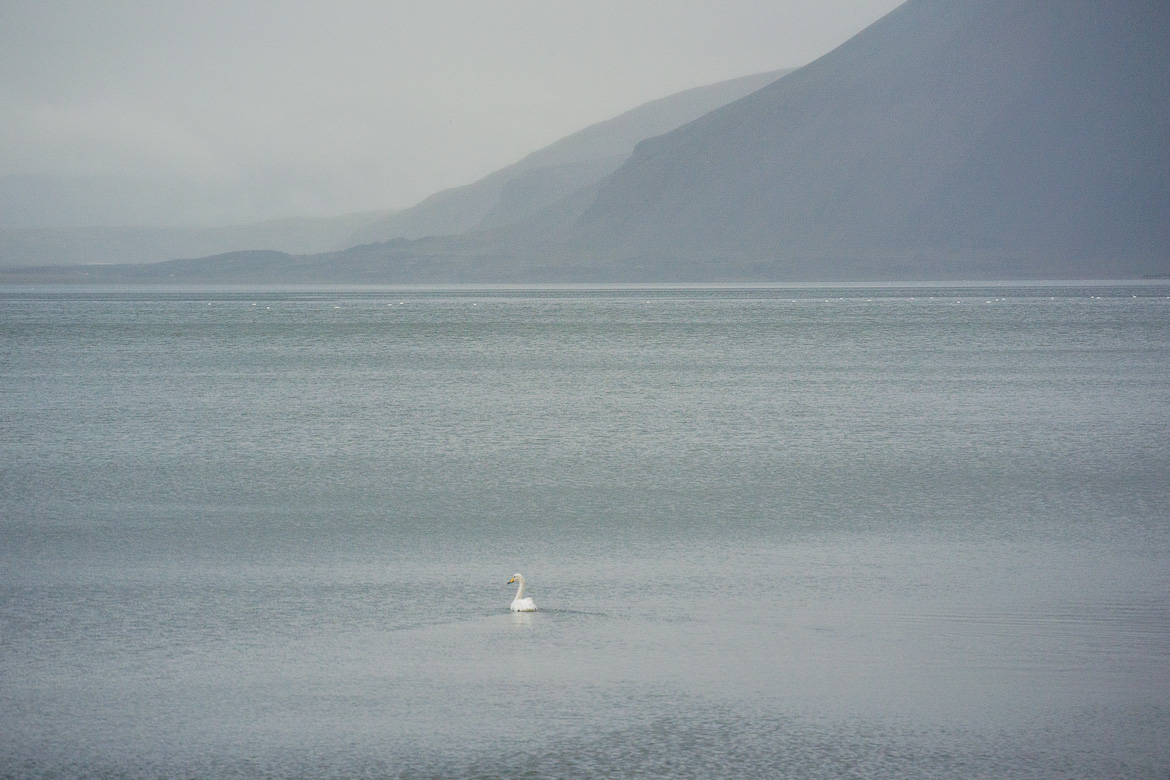
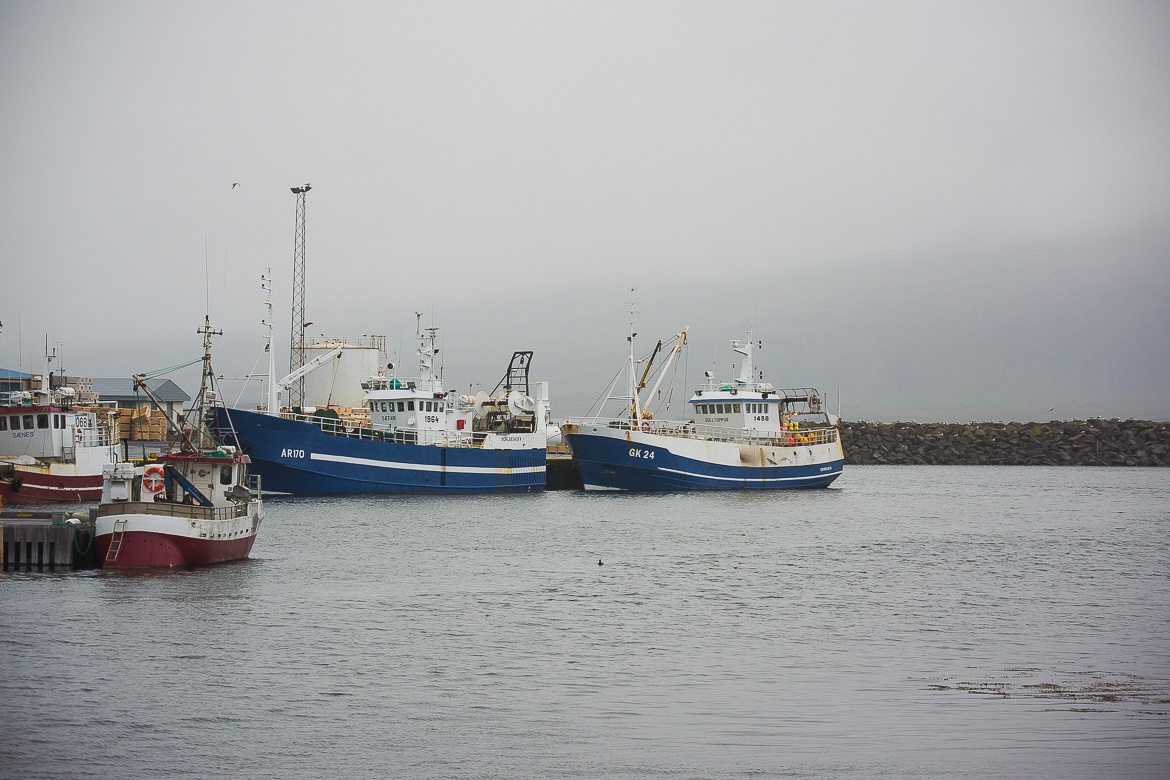
East Iceland Recommendations:
Eat: Café Nielsen (Eglisstadir), Randulf’s Sea House (Eskifjörður), Havarí farm (between Breiðdalvsík and Djúpivogur)
Campground: Atlavík (near Lagarfljót), Djúpivogur Campground (Djúpivogur)
Hostel: Klif Hostel (Djúpivogur)
Guesthouse: Havari Guesthouse (between Breiðdalvsík and Djúpivogur), Adventura (Djúpivogur)
Hotel: Hotel Aldan (Seyðisfjörður), Foss Hotel Eastfjords (Fáskrúðsfjörður)
East Iceland and East Fjord photos by Lauren Barth and JP Bervoets
Make your next trip the best one.
Departful is a full service travel agency creating truly exceptional travel experiences that are 100% personalized to you. Wherever you’re going, whatever your interests, we help you plan the perfect trip.
Lauren
Lauren Barth co-founded Departful in 2012 and is the Managing Director of Departful Media. Since then she has worked between North America and Europe and has published content in partnership with a variety of tourism boards and businesses based around the world. Lauren is currently based in Toronto, Canada.


